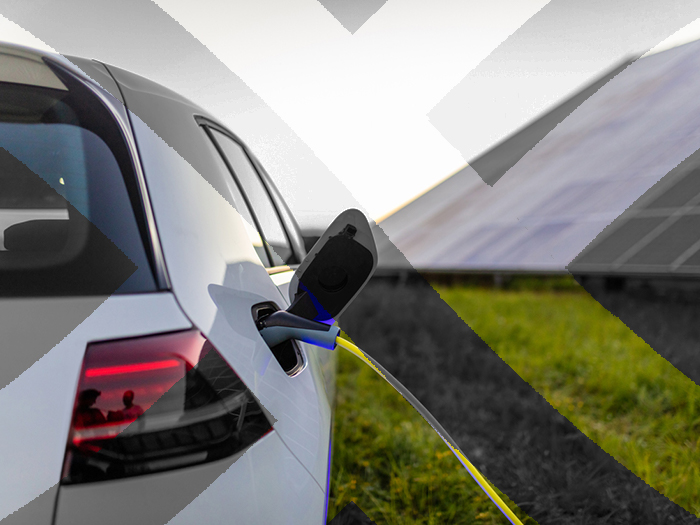News
better business decisions
Posted 3 years ago | 4 minute read

GridBeyond Set to Become First to Enable I&C Access to Dynamic Containment without Battery Storage on Their Site
GridBeyond, the leader in intelligent energy technology for industrial and commercial (I&C) businesses, is currently finalising Dynamic Containment (DC) testing for demand assets as part of hybrid battery units.
Dynamic Containment is the balancing service offering the best returns by National Grid at this point, but it has only been provided by batteries to date. GridBeyond’s hybrid battery and demand network enables clients without on-site batteries to benefit from participation, providing up to £120,000 per MW of flexibility.
About Dynamic Containment
DC, launched at the beginning of October 2020, is a sub-second, post-fault service, deployed after a significant frequency deviation to assist in recovering frequency back to 50Hz. Although DC is open to all flexibility providers, due to its rigid technological requirements, only battery providers have been participating in the daily auctions that started at the beginning of October. This means that I&C energy users, which do not have battery storage on-site, have, so far, not been able to access this most financially rewarding programme.
GridBeyond’s technology is breaking down I&C barriers to entry
The unique hybridisation of energy storage and demand assets, and the intelligent platform that manages the aggregated portfolio, mean GridBeyond are able to provide clients without batteries to enter the daily DC auctions.
“We are currently finalising internal tests on our first unit to go to market, and in the coming weeks, we will start placing demand assets of our I&C clients into the DC auctions.
“This will be done by connecting I&C demand assets, with the batteries in our network, creating hybridised units that deliver the sophisticated sub-second response required by the DC programme. Something that demand assets are not able to achieve by themselves.”explained Padraig Curran, CTO and Co-Founder at GridBeyond.
“Batteries offer a great level of flexibility, but one that comes at a high cost. For many I&C businesses, the installation of a battery on their site will not be a viable option, particularly in the current economic situation. However, a hybrid unit that is made up of both battery and demand assets is far more cost effective and gives our clients the fundamental economic advantage of participating in the most lucrative balancing services. All without any capital expenditure or impact on their operational integrity”, added Padraig Curran.
GridBeyond launched the hybrid battery and demand network, a world first, in February 2018. The technology, managed by GridBeyond’s intelligent energy platform, Point, takes typical aggregation to the next level. It’s the ability to control and combine batteries, generation, and load assets across sites dotted all around the UK, rotating their deployment within the portfolio in real-time, to meet the system security needs of the grid, that truly sets GridBeyond apart. To date, hybrid technology has enabled many sites with low energy flexibility to access to programmes requiring the fastest response, without the necessity of an on-site battery.
“National Grid ESO has started introducing balancing services from its new suite of fast-acting frequency response programmes. As such, GridBeyond is committed to ensuring our clients and partners are not restrained by any technological barriers and can benefit from the most financially rewarding programmes, which also happen to be the most effective in securing grid stability too.” commented Michael Phelan, CEO and Co-founder at GridBeyond.
“This is particularly important now, during times of economic uncertainty when many businesses look for new ways to protect their bottom line. Energy technologies, particularly those that provide fast access to long term revenue streams, can help businesses to recover some of the revenues lost due to COVID-19”, added Michael Phelan.
DC is one of a number of new products developed by National Grid ESO to replace the existing frequency response suite gradually. Additional dynamic frequency balancing services are expected to be launched in 2021. They will support National Grid in managing frequency fluctuations in standard operational bands on a lower inertia system due to increased levels of renewable generation.
For more information on how GridBeyond can help your business improve their bottom line through enhanced energy services, visit our page on balancing services and revenue programmes.





